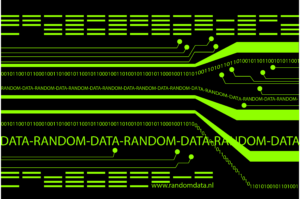Imagine a WordPress site is hacked again and now must be restored. WordPress compromises aren’t interesting and a backup is readily available, the only step required is to re-create the database. After logging in to the MySQL server, your screen goes black, and a bitcoin address appears with instructions to unlock. What was a simple wordpress restore is now a much bigger incident. A malicious attacker has achieved remote code execution on your laptop. How is this even possible? In a world where database access also means elevated privileges elsewhere, utilizing a WordPress site to move to a workstation (that has access to sensitive environments and secrets) is becoming a realistic CONOP.
In this talk we’ll demonstrate a novel approach, using a compromised MySQL server to attack the MySQL client. A client in this case can be a web application using the MySQL client libraries (C/C++, Python, PHP, etc.), but more importantly it can also be an interactive tool such as the MySQL command line client or MySQL Workbench, running on YOUR laptop. This talk will cover a novel attack vector where the attacker compromises a MySQL server with the intention of targeting and gaining remote code execution to those users who have access to the database.
Our team started by re-creating a security issue fixed in 2019, which Oracle MySQL never clearly acknowledged. (The closest CVEs possible are: CVE-2020-2570, CVE-2020-2574, CVE-2020-2575). Our team will demonstrate how unfixed old client libraries, such as MySQL C/C++ connectors and MySQL ODBC drivers – as well as command line and GUI tools like MySQL CLI and MySQL Workbench – allow an attacker to perform arbitrary code execution on the client machine. After reviewing the fix we have found another twist: we can use a multibyte charset to bypass the security patch in MySQL server code. That means a brand new zero-day vulnerability in MySQL server allows an attack against MySQL client libraries, command line and GUI tools.
In summary, our team will show a novel attack vector where an attack is executed against MySQL database clients (applications using C API) and demo a full zero-day attack chain we found against MySQL client applications to gain remote code execution. Our team will also demonstrate how to use multi-byte character set encoding to target a non multi-byte safe or improperly written code.
















